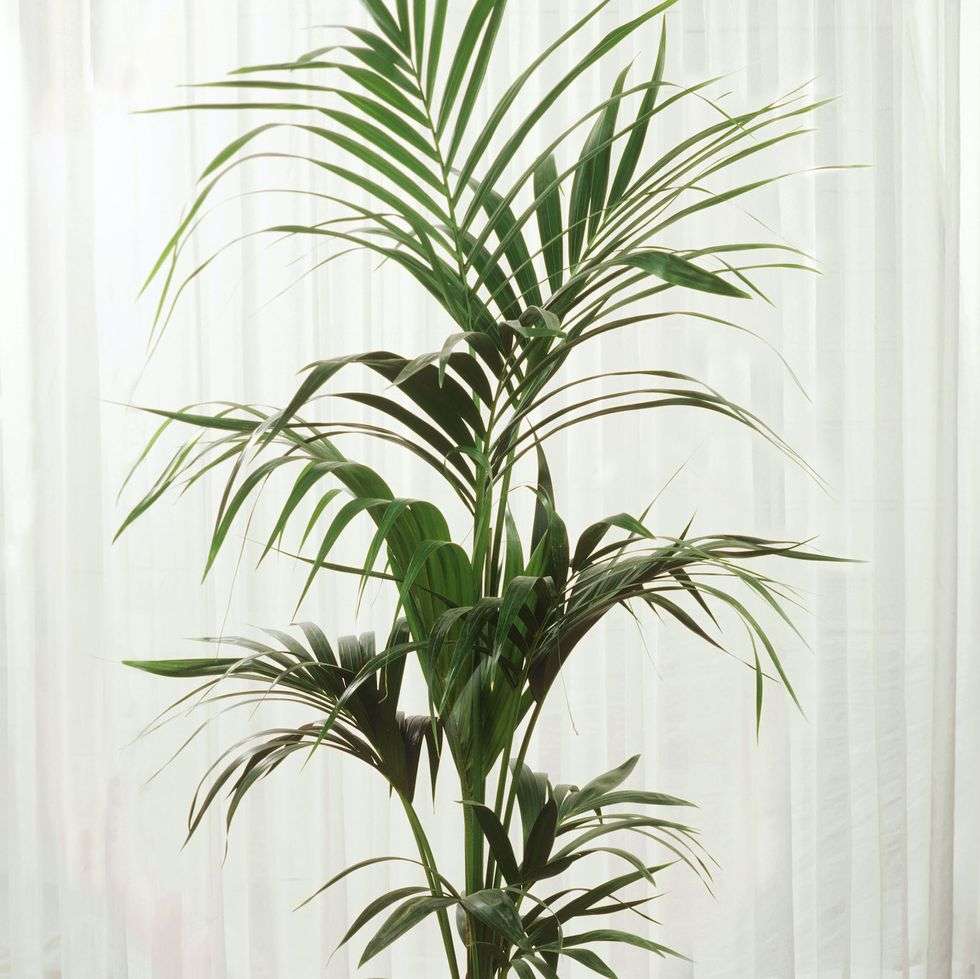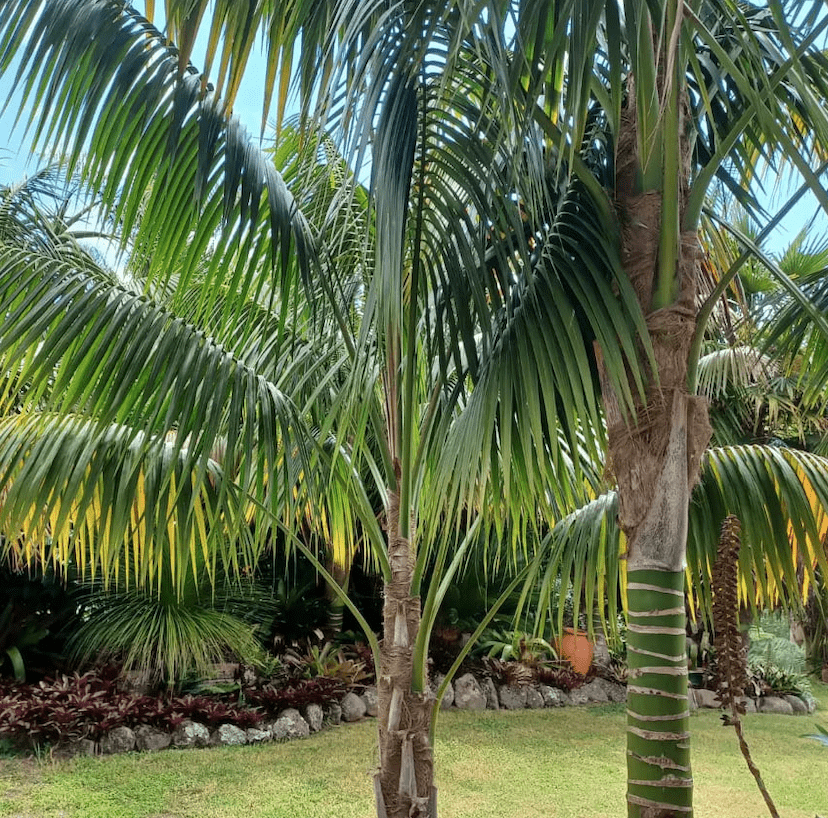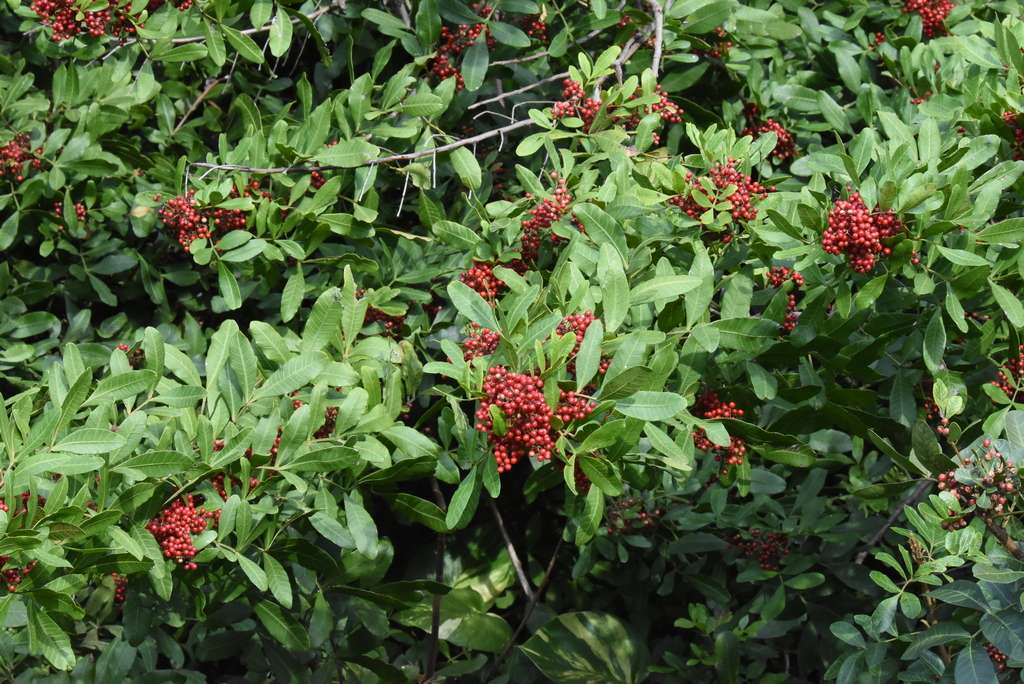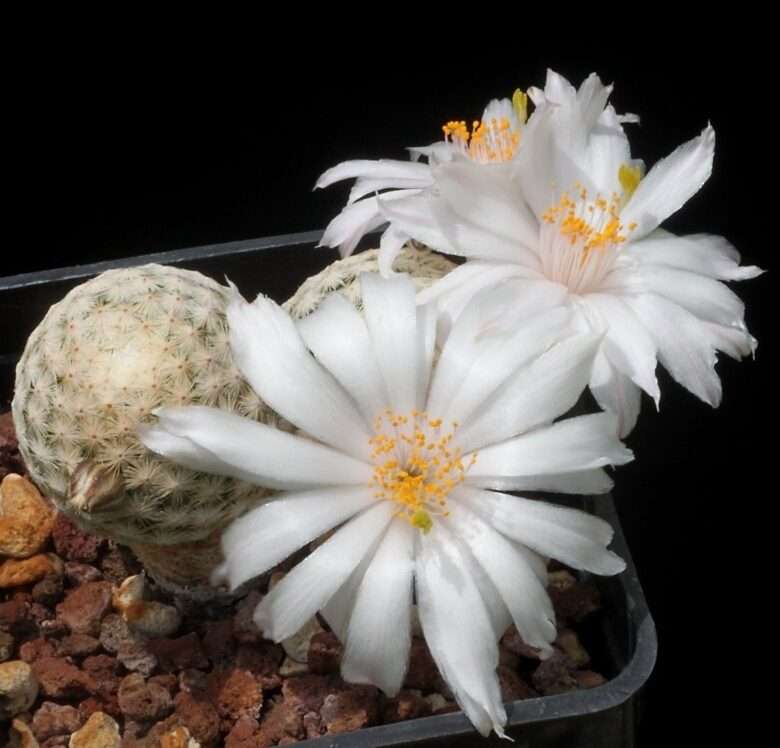
Howea forsteriana, also known as the thatch palm, Kentia palm, or palm court palm, is a species of flowering plant belonging to the Arecaceae palm family that is unique to Australia’s Lord Howe Island. Norfolk Island also grows a lot of it. It is a slow-growing palm that can eventually reach heights of 10 meters (33 feet) and widths of 6 meters (20 feet). Its fronds can grow as long as 3 m (10 ft).
Care
This palm prefers warm temperatures. It can, however, adapt to a wide range of conditions, including a little dust, low light, various soils, and cold temperatures.
Once it is established, your Kentia palm won’t require much upkeep. Plan to fertilize on a seasonal basis, water during dry spells, and only remove dead (or ill) fronds when you prune. Try to avoid digging around your palm or transplanting it unless absolutely required to reduce root damage.

Light
It’s critical to achieve the ideal lighting conditions for Kentia palm growth. The growth of the fronds can be restricted by insufficient light, and the palm is unlikely to produce any flowers. The fronds can become scorched by excessive light or exposure to bright light. While young Kentia palms should only be put in indirect light, mature Kentia palms may handle full sun.
Soil
Kentia palms prefer sand or loamy soil with good drainage. However if there is still adequate drainage, they may also adapt to clay soils. Although an acidic soil pH is ideal, they can survive in neutral to slightly alkaline conditions.
Water
Kentia palms prefer slightly damp soil. They don’t take well to prolonged periods of dryness or overwatering. As the top inch of soil dries out, prepare to water. But watch out for moisture buildup, as that might cause root rot. As the palm’s development slows for the season in the fall and winter, you can gently reduce the amount of water you provide.
Temperature and Humidity
For brief periods, Kentia palms can withstand temperatures as low as 25 degrees Fahrenheit and as high as 100 degrees Fahrenheit. Yet, they want it to be warmer than about 55 degrees Fahrenheit.
Also, a moderate humidity level is adequate. Both dry conditions and extremely high humidity are difficult for these palms. You can spritz the fronds to add humidity if the area around your palm is dry.
Fertilizer
Use a slow-release fertilizer to promote growth in the spring and summer. Choose a fertilizer made specifically for palm plants, and then adhere to the label’s instructions.
Pruning
Pruning a Kentia palm shouldn’t take up much time. Remove dead fronds once they have dried out and become brown. Even when they transition from green to brown, they can still provide the tree with nutrients. You might also need to get rid of any unhealthy fronds as soon as they appear in order to stop the sickness from spreading.
Table





